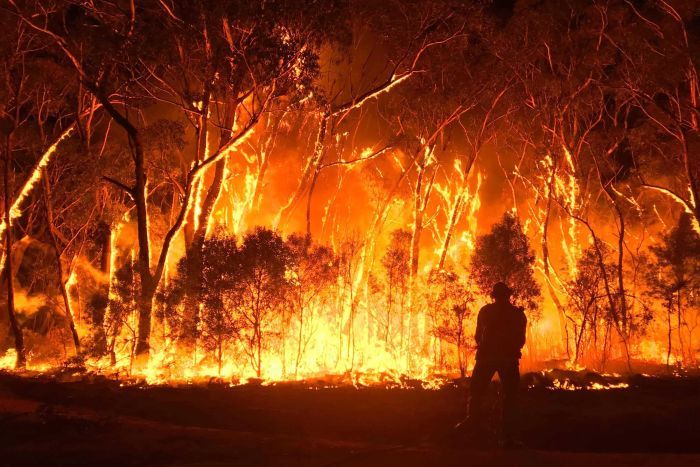
As some readers will know, I happen to have been on sabbatical in Australia these last past months. I came there to study the impact of climate change on extreme summer weather events with a specific focus on Australia. Only to arrive in mid December just in time to encounter the most profound example on record.
I have witnessed and written about the unprecedented heat, drought, and bushfires during the historic austral summer of 2019/2020 and the role that climate change played in these events.
A brand-new analysis from the "World Weather Attribution" (WWA) group provides a rather confusing and murky assessment of the role played by climate change in these historic events, so I have taken this opportunity to provide a brief review and critical assessment of this new (un-reviewed) analysis.
As the trend in extreme heat is one of the main factors behind this increase and the models underestimate the observed trend in heat, the real increase could be much higher. This is also reflected by a larger trend in the Fire Weather Index in the observations.
By the way, underestimate the heat and you'll likely underestimate the intensity of the drought (which is fueled by heating). If you can't capture the magnitude of the heat and the magnitude of the drought you're not going to capture the intensity and scale of the resulting bushfires.
This underscores a point that I have made repeatedly. Current generation climate models are simply not up to the task of extreme event attribution in many cases. They are not capturing key atmospheric mechanisms behind many extreme summer weather episodes that are almost certainly being influenced by climate change.
_____________
Follow Michael E. Mann on Twitter or Facebook to be notified of new blog posts, or subscribe by RSS.

This work is licensed under a Creative Commons Attribution 4.0 International License.


